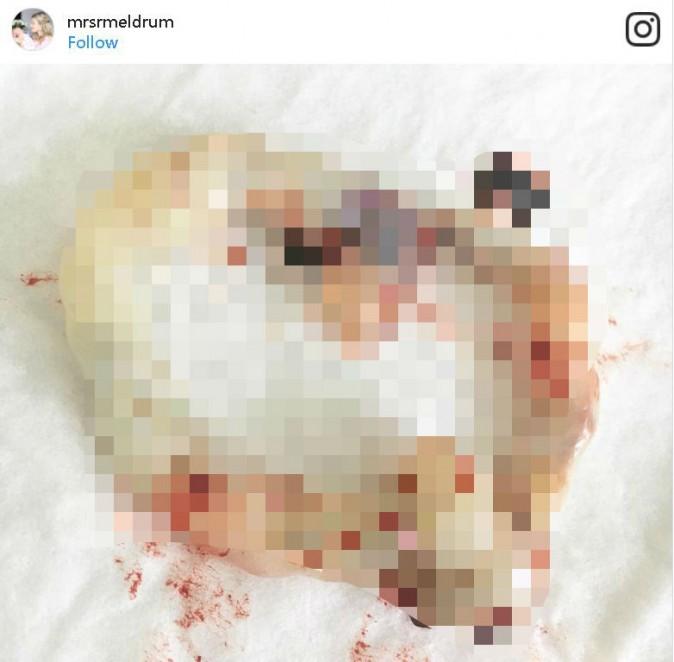A blogger who live-streamed her labor shared a photo of her baby daughter with a knotted umbilical cord.
Last August, blogger Rebecca Meldrum, 28, of Aberdeen, Scotland, shared the image of her baby’s condition.
She said on Instagram, “I can honestly say I have never ever been through emotions like I have been through these last few days and I’m sure will continue to go through until we are all home together. I don’t think anything could ever prepare you for not being with your baby after labor and delivery, but today I feel like I’ve turned a corner.”
“I’m sure it’s the tonic of skin to skin with Poppy but I’m feeling more confident, more ready to face NICU & want to get involved in any way I can with caring for my baby.”
The child, a girl named Poppy, was born via C-section.

An umbilical knot can be fatal for the child.
“Just another thing to add to her story.”
“When the true knot remains tight, it may impede the circulation of the fetus and may result to fetal death in utero especially in labor,” states the NIH.
A true knot can occur when a baby moves through the loop of an umbilical cord while inside the uterus. They’re detectable via ultrasound.

“Fortunately, a true knot in the cord is very rare, and even when it happens it is rarely so tight that it will harm the baby. Usually the knot is discovered after the birth of a healthy baby.”






Friends Read Free